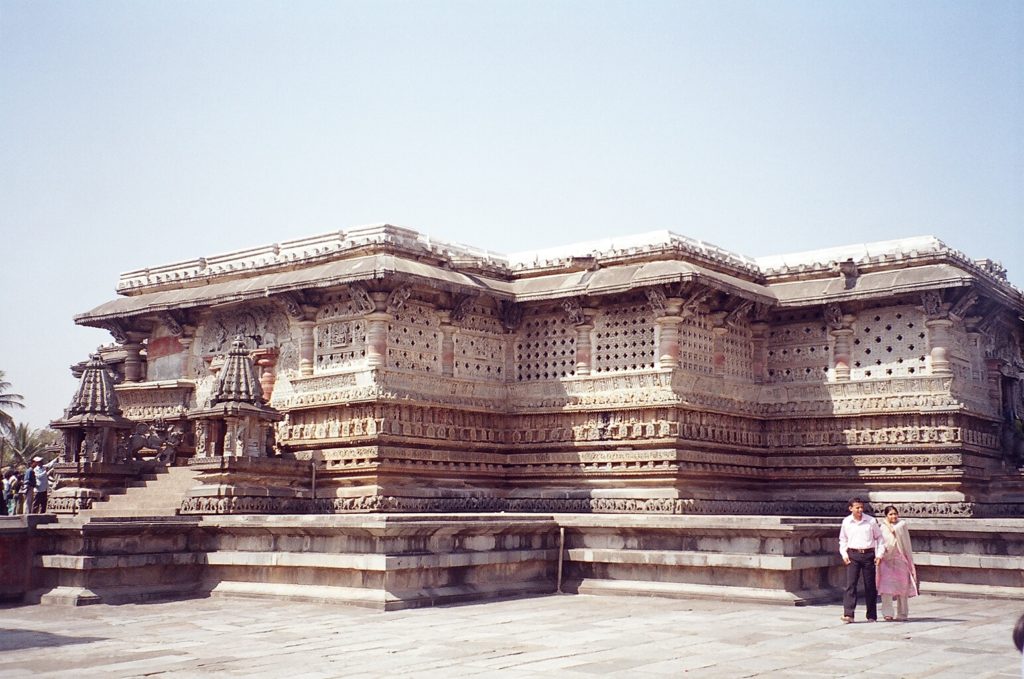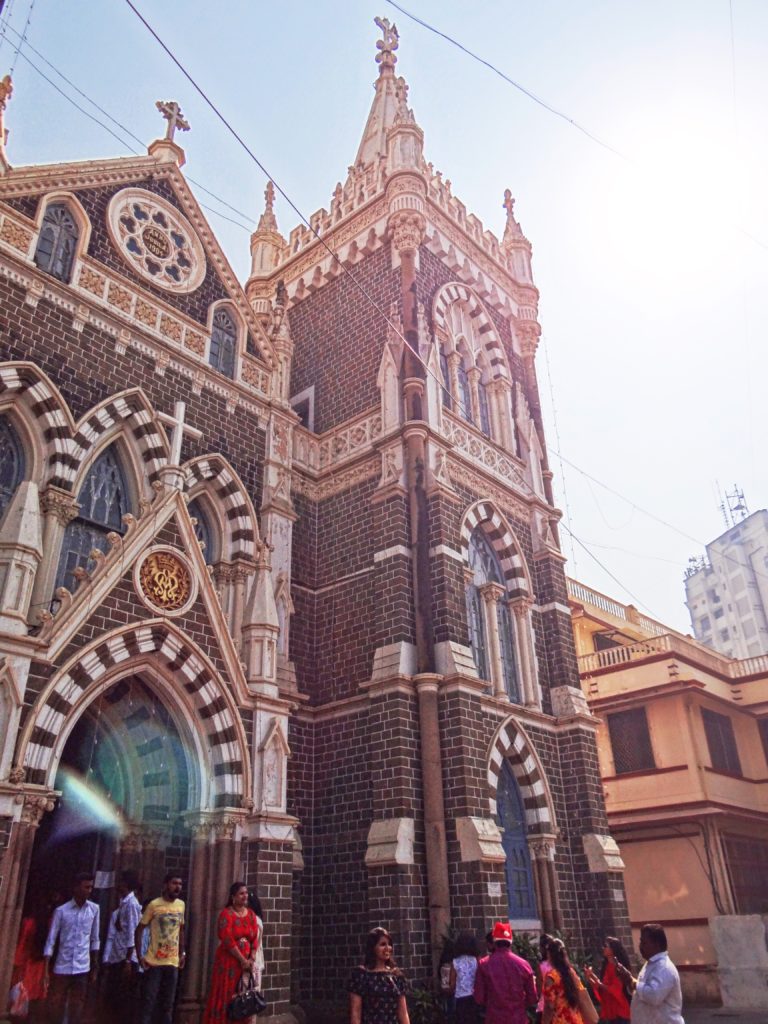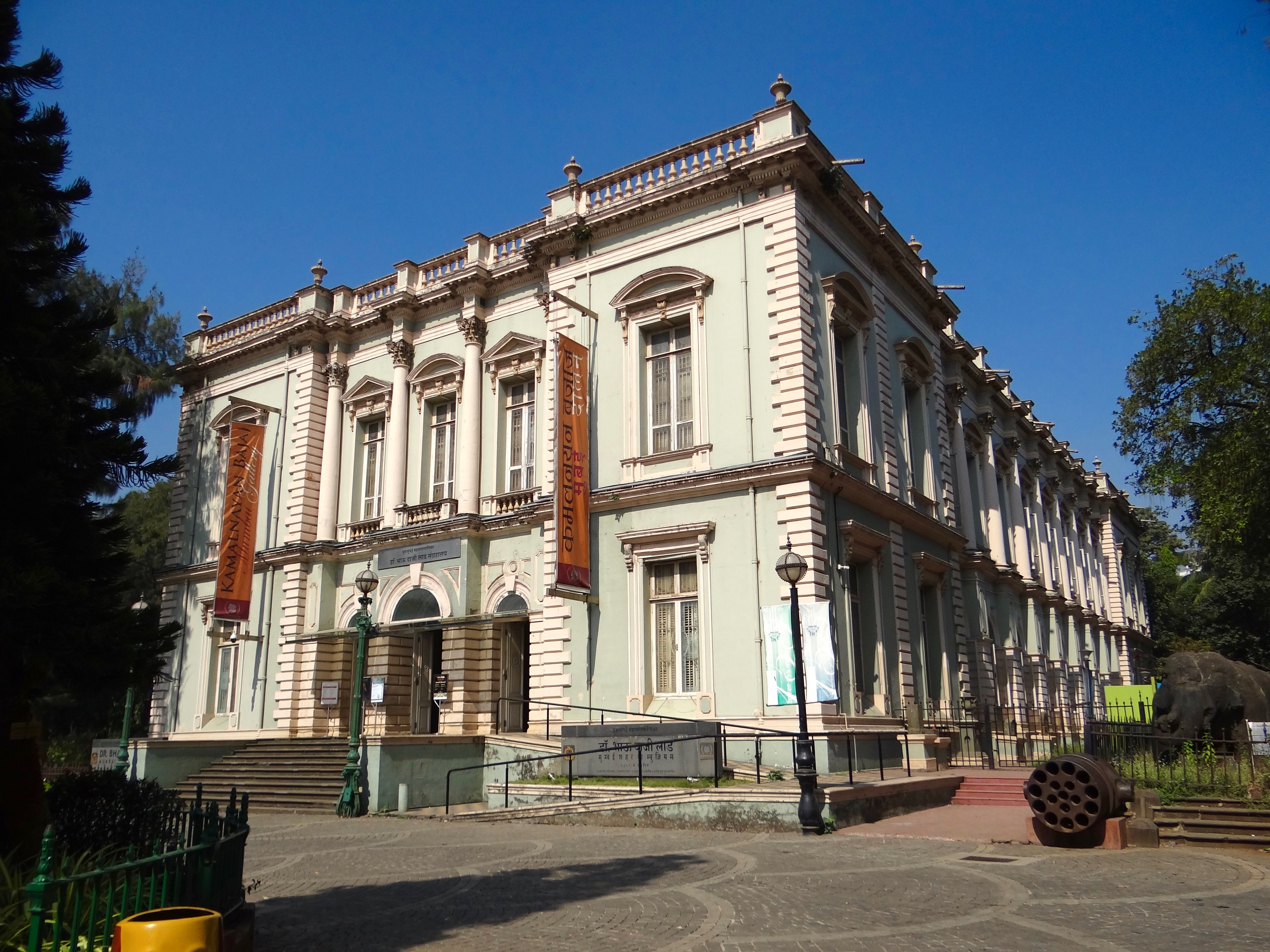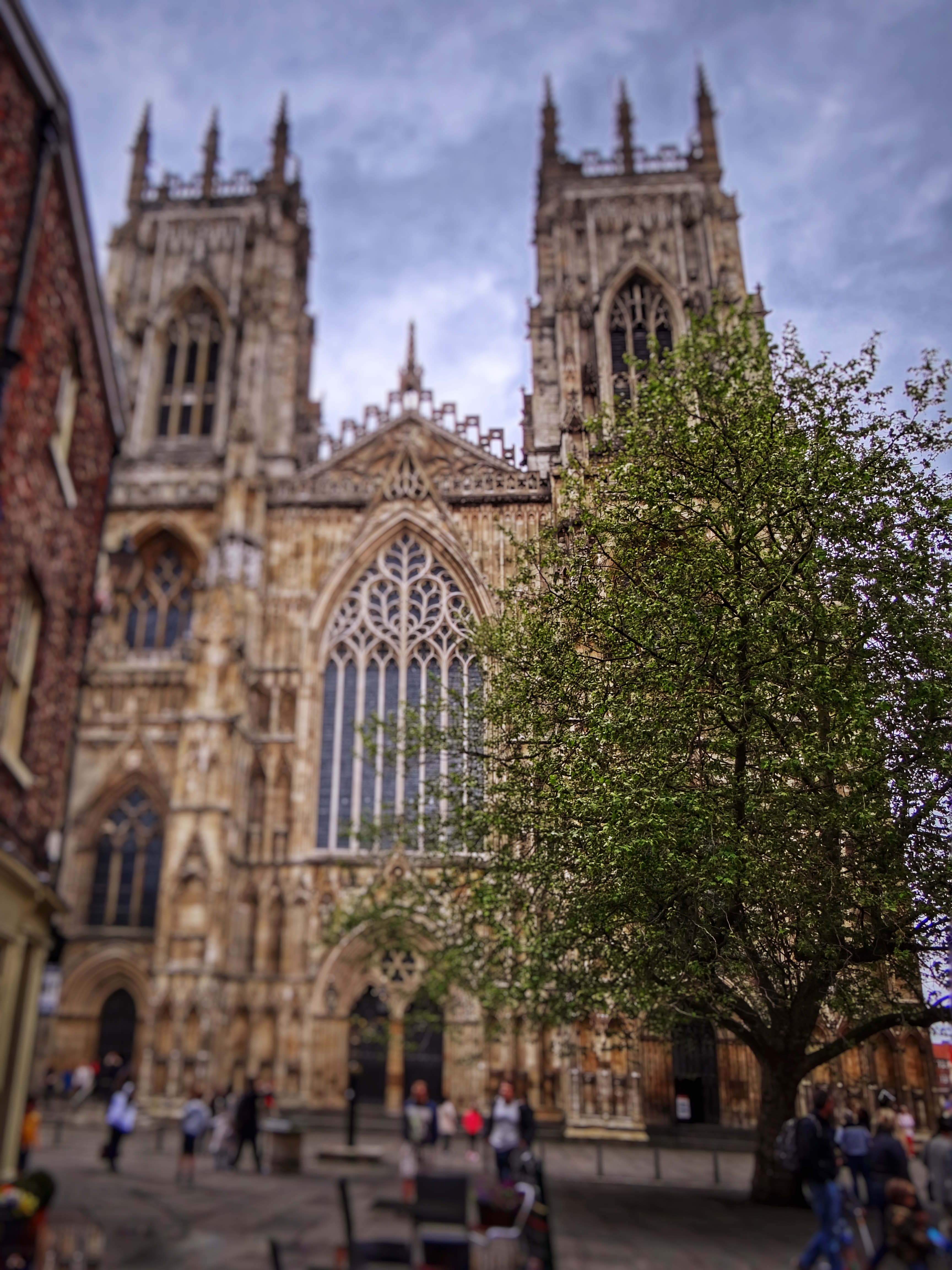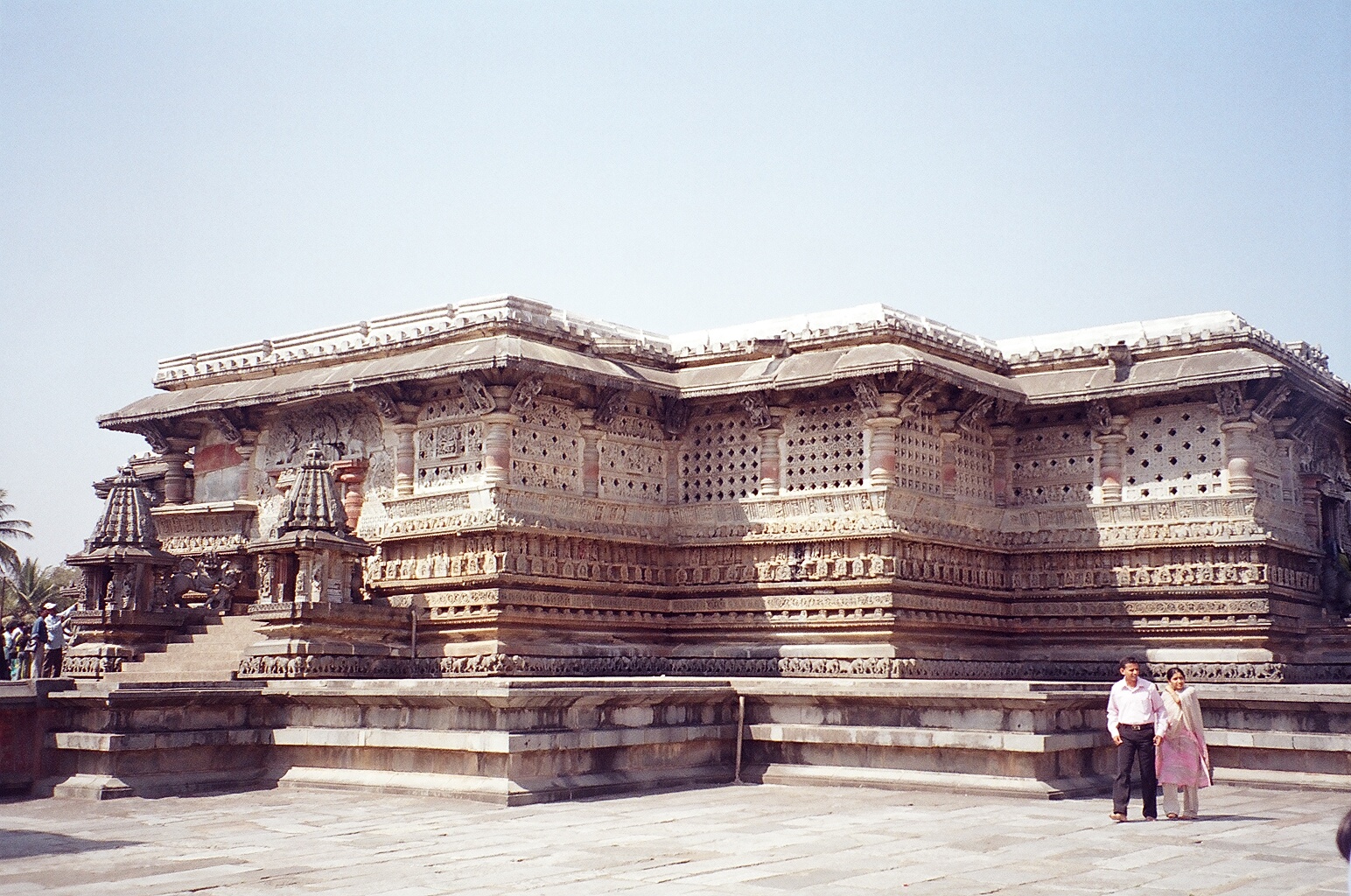
A Peek Into Indian Architecture
Let us take a short glimpse into the treasure called Indian Architecture
( A Podcast coming up soon….)
The land where the sacred River Ganges flows, has seen the birth of our world’s four religions. This land has been invaded and plundered but never in its thousands of years of history has a single invader not assimilated into the culture, just like sugar dissolves in milk. This incredible land, we call India or Bharat.
The history of Indian architecture blossoms with our world’s four oldest civilisations. Just like the Greeks in Europe, the Indus Valley Civilisation continues to have a significant influence over the entire of India.
The impact is as yet unquantifiable because we remain negligent of what these early people were like. Indian culture and science has been a point of interest for generations of scientists and historians because of this enigma the subcontinent holds dear. There is science behind every small element be that the language, the daily life, food or even the architecture of a place.
That is just how the Indus Valley Civilisation grew, with logic and science along with a script we find hard to decipher. Their town planning and hygiene unrivalled by the other civilisations that co-existed.
It will always be a wish of mine to visit the archeological digs of the Indus Civilisation and perhaps do a bit of research myself. That is though a thought for the future. Today, we shall be talking about something on very similar grounds to this early period of Indian history.
I have had a chance to visit a few historical as well as scenic places in India. It has been an absolutely eye opening experience to learn and see my own country in not all but a few of its colourful shades.
When researching for this article, I realised the colours of India that I had indeed seen, and the diverse palette I had enjoyed from the beautiful temples to the early caves. There is so much here that blows a visitor’s mind.
It is through this that I got the idea of introducing Indian architecture to you using a limited palette of monuments that I have myself been to. This surely is a peek into what India has but I hope its enough to blow your mind and not overwhelm you.
Lets Peek Into Indian Architecture
Cave Architecture
There are many caves in India which date back all the way to the beginning of the 3rd century. These caves were an excellent medium for monks to live isolated from the civilisations and have enough tranquility to meditate.
Thus caves have been carved into mountain slopes and have been used as a shrine or a place to live. No one lives in them today but there are a throng of tourists who are keen to explore these dark enigmatic caves.
Amongst the caves I have been to, there are a couple of them that are known across the country: the Ajanta and Ellora caves.
These two famous cave complexes are famous for their vast collection of caves. Caves that are Hindu, Jain or Buddhist.
Out of these, the Ajanta caves are carved on a mountain slope that is in a form of a horseshoe. These caves are more evolved that the ones at Ellora. The Ajanta caves have been painted from the inside as well unlike Ellora.
The paints used were made from natural and locally available ingredients. It was only the blue colour that was imported from Persia. Over the thousand or more years, the paint has peeled off a bit and at some spots disappeared completely. The painted walls that do survive are a true glimpse into what these caves looked like.
As for the Ellora caves, the most famous one is the Kailash Cave that has proved to be a source of awe for every visitor and historian. This incredible cave has been carved out of the mountain using just a mere chisel. How did they know the dimensions, the strength of the mountain rock or the technique to remove the remaining boulders of scrap rock from the site? No one knows. All that remains is this stunning rock cave that is a Hindu Temple dedicated to Lord Shiva.
There are many such enigmatic caves and temples in India that defy science.
Temple Architecture
When I asked my friends on Instagram what they found most fascinating about India, they said the religious spirit in the country is the most awe-inspiring. This spirit can best to experienced through the temples that are spread across the expanse of this country. Temples, just like the history and variety in this subcontinent, which are different from the North to the South.
Indian architecture is divided into three varieties: the Nagara or the North Indian architecture, the Dravida or the South Indian temple architecture and the mixture of these two, Vesara architecture.
During my travels, I have been luckily enough to visit a few temples in the south of India more than the north of the country. These temples have been a source of awe mixed in with a bit of frustration at the crowds.
The chief moral I have learnt is this. When visiting a temple, it is paramount to visit your hotel travel desk or Google first. Ask what time the Aarti or Pooja is conducted along with the timings for the temple. Ask them if it is a good time to visit, avoid the summer and winter holiday months and the peak months where pilgrims visit these attractions on a yatra. Sometimes the best time to visit is early mornings.
There are plenty of temples I’ve been to which are old with stories from the ancient religious texts about them. The two temples that immediately come to mind are the Triambakeshwar Temple in Nashik, Maharashtra and the Chennakeshava Temple in Belur, Karnataka.
The Trimbakeshwar temple is a part of the 12 auspicious Jyotirlingas in Hindu mythology. This Shiva temple was built by the Maratha (King) Peshwa Balaji Baji Rao in the 18th century. The Shivling, bears a golden crown studded with precious stones and said to be dating back to the Pandavs, the set of brothers mentioned in the Mahabharat (a story described in the ancient Hindu texts).
The Chennakeshava Temple is equally holy if not more ancient that the Triambakeshwar Temple. The Chennakeshava Temple complex has a number of temples all built in the typical south Indian architectural style. This temple complex has a humongous, tall entrance called the Gopuram.
Designed by the Hoysala dynasty in a Hoysala style of archiecture, these temples are a work of art. The temple complex was built as a mark of victory after the Hoysala King won the war and expanded his Kingdom to Halebidu. It took them around a 103 years to build these temples in the 12th century.
Each of these two temples have one thing in common, they are highly ornate with a lot of detailed carvings and are made from dark stone with tiny windows that are just enough to ventilate but not enough to let the sunlight in.
Generally, these temples would be lit up by the diyas (lights) and the highlight would be the idol of the God or Goddess. Temples also provided a respite from the warm weather and the scorching sun. Even today, these black stone temples are cool and ventilated in summer.
Mughal Architecture
It seems to be a huge leap from the 12th century temples to the Mughals in the mid-16th century. That’s a story to explore another time. Since today we are merely peeking about, let us peek into what is called the Golden Age of Indian architecture.
The best place to experience Mughal architecture is the Indian capital of Delhi and its neighbouring city of Agra.
Babur came to India from the Middle East. He had come to a country that did not speak his language nor look like him. It was the beginning of the Mughal Era. This era still lives on in its savoured Mughali food with an Indian twist and the beautiful specimens of architecture they left behind.
While I distract myself from the tempting pictures of Chicken tandoori that are evading my mind, let us talk about Mughal architecture. Apart from the Taj Mahal, the Mughals built many other monuments. A few examples include the Jama Masjid, the city of Fatehpur Sikri, the Emperor Humayun’s tomb and the first marble structure in India, I’timād-ud-Daulah.
These Mughal monuments are made using either red sandstone or white marble but sometimes you’ll find structure with both. This is a stark change from the old indigenous Indian monuments. Mughal structures also have arches and domes that easily distinguish them.
I’timād-ud-Daulah is a mausoleum but looks like a jewel box. I find this place very intersting because of its architecture. This tomb was built by Nur Jahan (Emperor Jahangir’s wife) for her father. Since they were from Persia, you’ll find grapes and wine glasses decorating the tomb. There is no hint of any Indian tones to this marble monument.
This is not the case for the rest of the monuments. The Mughals could not resist the Indian charm. Even though some of the Emperors tried to impose their traditions, the Mughal culture and the Indian culture mixed together and continues to live on through these monuments and of course the food.
The perfect example for the mixture of Mughal and Indian architecture is Sikandra, the tomb of Emperor Akbar. Apparently Akbar had three wives (In India the King could marry multiple times, it is not like Henry VIII), his wives were Muslim, Hindu and Christian respectively. To honour them, Akbar began his own religion that took inspiration from each of these religions. His tomb thus, has a lot of Hindu influences to it. At least that’s what our tour guide told us.
Colonial Architecture
The next biggest change came with the colonialists. The Dutch, Portuguese, French and British each left their mark on Indian architecture, the British more than anyone else. Just like the Mughals, they couldn’t impose their culture in India but mixed in with the locals. Can the British imagine their life without curry?
Colonial Architecture can best be experienced in the churches and the government offices across the country.
The Portuguese built beautiful churches in places like Goa in India. I came across an Italian church in old Goa. The whitewashed St Cajetan Church was so beautiful and elegant that it took my breath away.
The two famous Churches in Goa, the White Church and Red church as I like to call them, each have their own story to tell.
The white church also has a coffin of a priest whose corpse has yet remained well preserved. It is baffling to know that this priest from the 16th century is as he was when buried, missing a toe though. They claim it is the soil where he was buried that kept the body intact, spooky isn’t it? Only in India, my friends!
As for the city where I am from, we have more British architecture than Indian. The Neo-Gothic churches and buildings that the British have built are an integral part of my city. The most fascinating thing about these structures is that they aren’t really British but a mixture of Indian and Gothic called Bombay Gothic.
The European Gothic structures don’t have tall arches or domes. They certainly do not have arched verandas to let the air in. The weather in Europe is already too cold but that’s not the case in India. So this type of Indian architecture is called Indo-Saracenic architecture.
These Neo-Gothic structures have each been adapted to the weather and designed to keep the air circulating and ventilated. The material of stone used is also different. The stone used is more local and sometimes not easy to carve the Gothic elements in. So you’ll find a different stone attached to the locally sourced rock. If you look more closely, you might also find an Indian influence in all that Gothic, like a peacock maybe.
Apart from these monuments and types of architectures, Indian architecture also encompasses the Stupas built by the Buddhists and the other places of worship built by the Zoroastrians, the Sikhs, Jews and others. The Greeks also influenced Indian architecture in the North after Alexander the Great came to the banks of the Indus River.
The most amazing part of Indian culture is its ability to adapt and assimilate with another culture but never loose itself. That is what has kept this ancient civilisation alive and well.
If you liked ‘A Peek Into Indian Architecture ‘ you might also like to read
Astonishing Architecture of Taj Mahal
Conquering the Daulatabad Fort
NOTE: The Bibliography for this post is missing. Please help us credit the sources that deserve it. If you believe your work, or a work you know of needs to be cited here, please write to editor@giglee.in to inform us. DISCLAIMER: The intention of this article is not to hurt anyone's sentiments. The thoughts expressed in the article are purely those stated by the author of the work. The information provided on this website may not be complete, reliable, accurate and/or updated. The details you share with the website will not be shared or sold. We are not liable if in case of theft, your data is stolen. The content on this website is provided without any warranties whether express or implied. If you have a doubt, query or complaint please write to editor@giglee.in and we shall respond as soon as possible.





